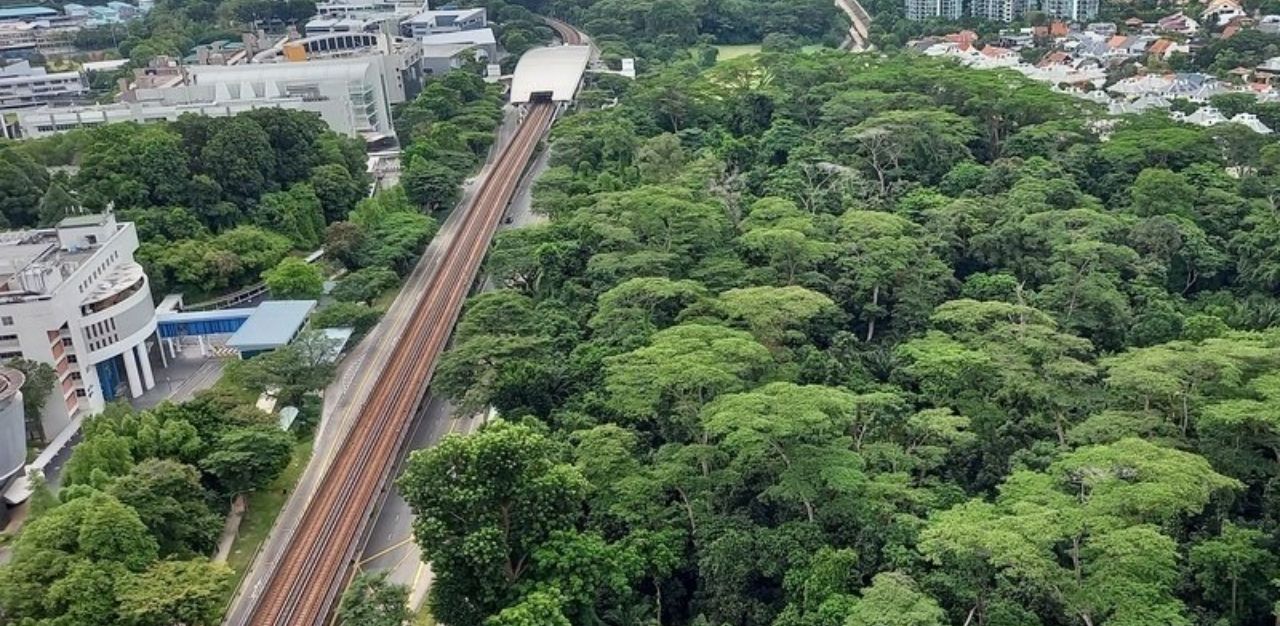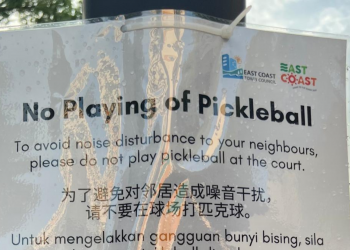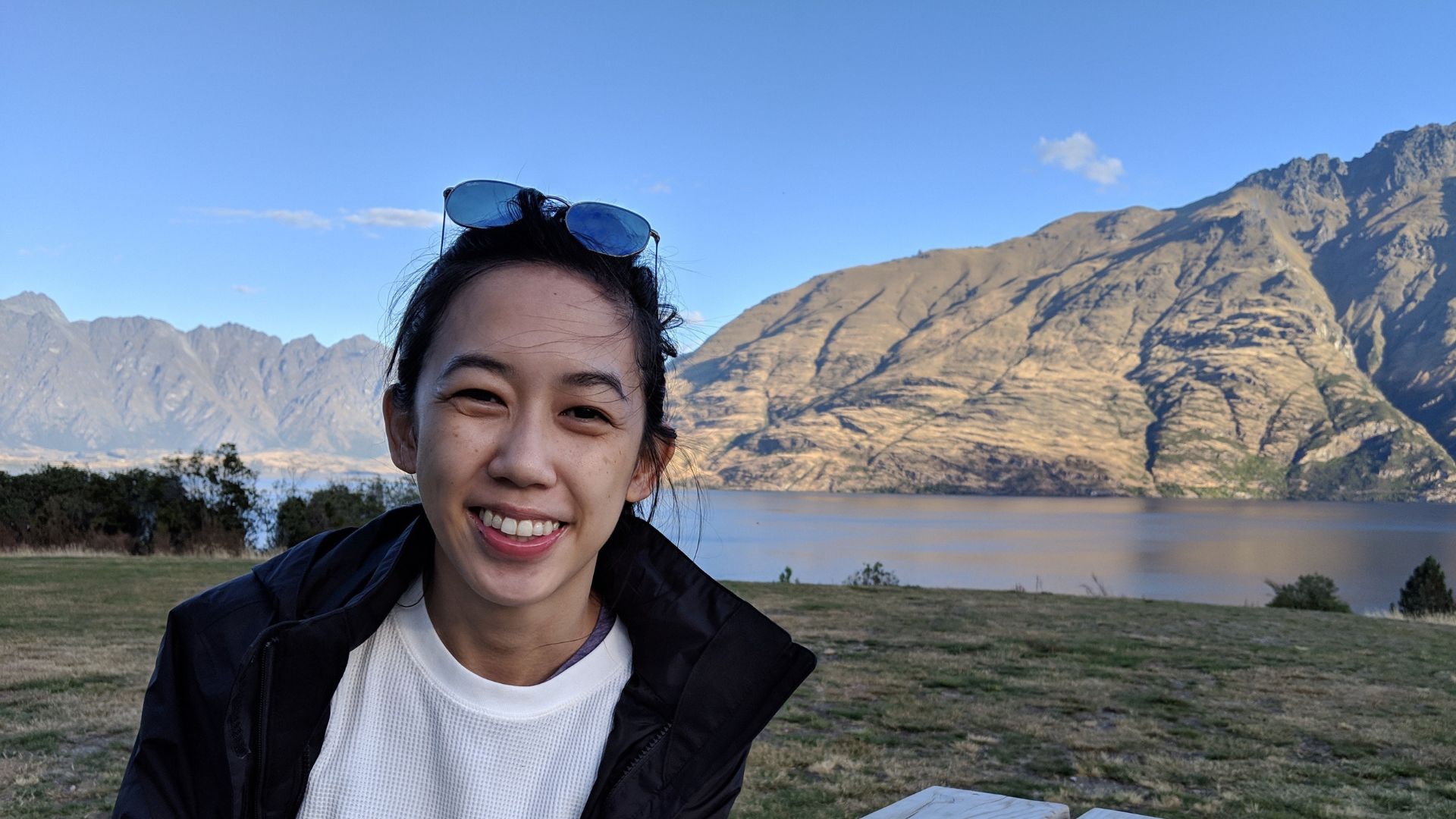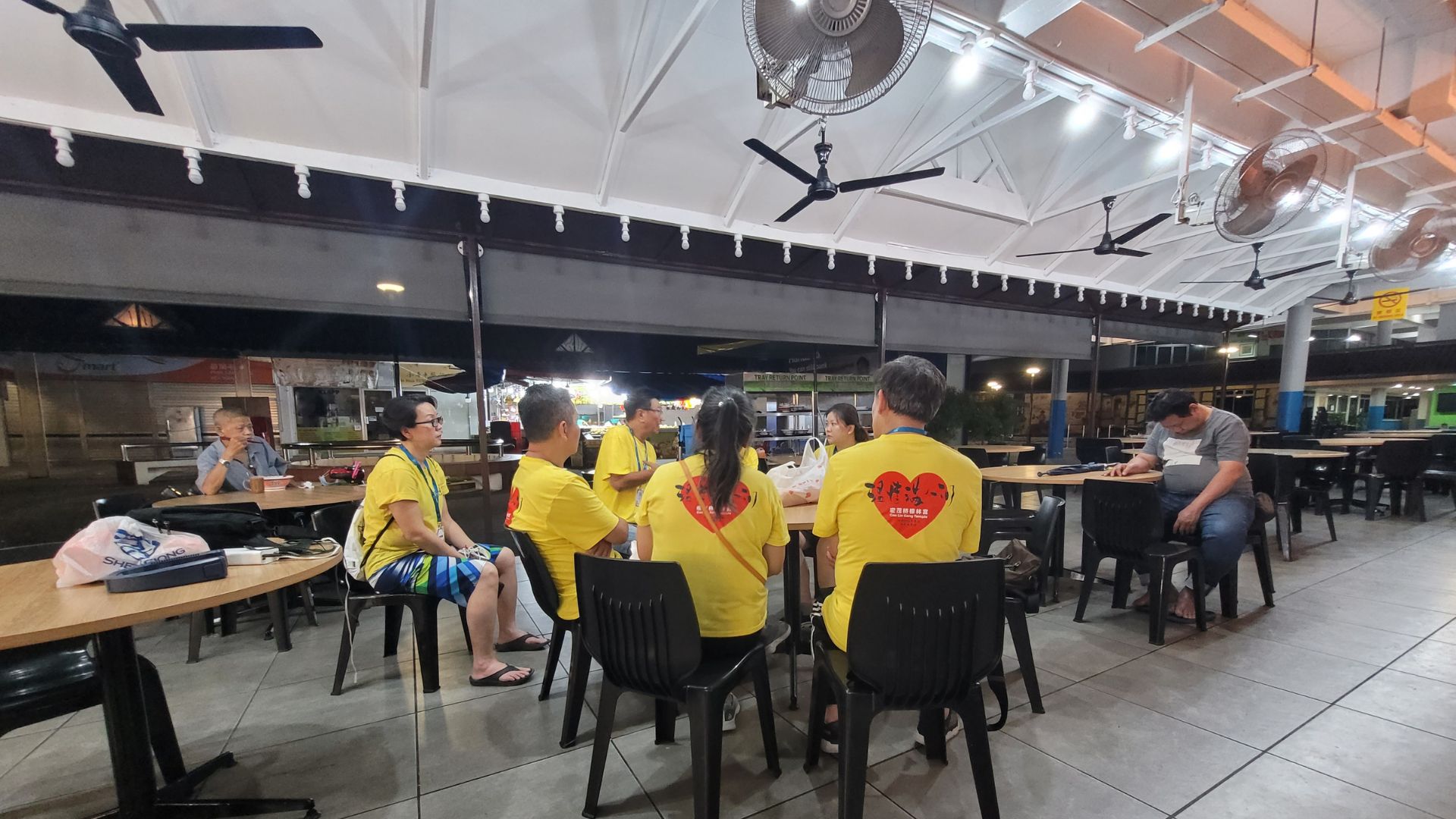Following the public outcry in January 2021 over Dover forest being cleared for housing development, revised plans were announced last month that the western half would be kept for conservation for at least the next decade.
The area marks a place of substantial value for both conservationists and Dover residents alike.
Said nature guide Inez Alsagoff: “Lately, many nature groups have been documenting a lot of animal sightings around Dover forest. The other day we saw a baby reticulated python there, and a lot of my friends have been sighting a lot more birds.”
These include unique sightings such as the grey-headed fish eagle and buffy fish owl.
“When the results came out, I had mixed emotions. One of the headlines said that it’s a ‘win for all’ but I have to disagree,” said Jimmy Tan, a concerned citizen who has voiced his reservations to HDB both privately and publicly on his blog.
This time around, the government has made significant strides to increase the transparency of its plans, addressing public concerns on why vacant brownfield sites have not first been considered for development. However, some who were invited for the consultation said they felt like they were only there to “check the box on public engagement”.
“The revised plan was released on 30 July, and the day before, I actually went for a closed door session with HDB and NParks. They said it was meant for people who wrote in their feedback to ‘gain closure’ on the matter,” said Chua Chin Tat, a Dover resident and nature enthusiast who has also been exceedingly vocal on the matter. “The next day, it was all over the news, so it seemed as if they’d already made their decision and called us in only at the last minute.”
While the main reason cited for development was the high demand for public housing in the Ulu Pandan estate, Mr Chua remained sceptical due to the lack of statistics to support this claim. “Maybe some numbers will give us a better perspective on why there is such strong demand specifically in Ulu Pandan.”
Mr Chua, who has visited Dover Forest upwards of 50 times this year alone, also finds the Environmental Baseline Report conducted by the Housing Development Board (HDB) to be reductive. “Because of the short time the surveyors spend in there, they can’t possibly catalogue everything. Someone who has really worked the ground would really know that the forest is alive and there’s always something new to see.”
Nature groups are happy with the outcome
Conversely, the general sentiment among green groups is more positive, due to the highly degraded state of Dover forest – ecologically speaking.
“Most of these sightings, such as a riverine species, were in the Western part of Dover forest. So they’re definitely conserving the right portion,” said nature guide and ecologist Elliott James Ong.
“In Dover, there are many non-native trees such as the Albizia or rubber which are left over from Singapore’s agricultural era, and our native trees have never regrown since,” said Ho Xiang Tian, co-founder of green group LepakinSG. “Many members of the public who may not have an in-depth knowledge of ecology may find it hard to understand that there isn’t that much left to conserve anymore.”
He also emphasised that large amounts of human intervention and management would be required for Dover forest to be restored. “The way things stand, even given a hundred years, it will probably not revert back to a primary [pristine] rainforest, unless active steps are taken to weed out invasive species and replant native ones instead.”
Green groups urge that battles have to be picked and compromises have to be made, since conserving every single patch of forest would not add much value to Singapore’s biodiversity either.
“We cannot have this mindset that we’re going to be able to save every single forest, but instead we have to do assessments and prioritise which are the ones that we can give up,” said Mr Ong.
What’s in a name and place?
Green groups also highlight that the success in rallying for public support lies in Dover forest’s location, as well as the fact that it had a name.
“I think it was lucky that Dover was right smack in the middle of a residential area, so people feel connected to it,” said Sarah Lin, social media manager for LepakinSG. “We’ve also gotten quite a bit of traction from the Coney Island development plans because people are more familiar with the space, but a lot of other unnamed, and thus unknown spaces get less protection, though they might be more biodiverse.”
Mr Ong emphasised that a reactionary measure to public outcry is not the optimal model in deciding which green spaces the nation should preserve. “Ideally, what we want is a methodical procedure with guidelines in place, ensuring proper Environmental Impact Assessments (EIAs) to be done, because a lot of important forests will not have the same amount of public support.”
This time, however, the public backlash and media spotlights have been critical to the revision of the way in which EIAs were conducted. “Previously, NParks only looked at plant diversity when analysing which areas are more biodiverse,” said Mr Ho. “This is an internationally accepted way of deciding whether a space is worth protecting at all, but now NParks has gone the extra mile, taking considerations like connectivity into account as well.”
It had also allowed citizens more time to process the plans, given them more time to voice their concerns, and be included in the decision making process. “If we hadn’t done what we did, I’m not so sure if we would have gotten the attention of the residents in the area,” said Karl Png, director of the Singapore Youth Voices for Biodiversity (SYVB). “It could have been just another closed-door meeting with the governments and developers, but we got people to care about biodiversity and show that they want a City in Nature.”
Apart from ecological quantifiers, the recreational and sentimental values of Dover forest are externalities that have, rather unprecedentedly, played a big part in altering the final verdict.
“One day in primary school, I got scolded very badly. That evening, I remember coming home and seeing Dover forest being covered in clouds,” Mr Png, who is also a resident of Dover, shared. “It is a mystical feeling that cools you down and washes your emotions away. You don’t really see that sort of view often in Singapore, and it makes your day just a little bit better.”
“I think the government recognises now that they will not be able to develop Clementi forest anytime soon, because so many people have started using the area since Covid-19,” added Ms Alsagoff.
Citizen advocacy therefore helps to even out the power balance, which is currently skewed towards the government. “It’s a double-edged sword, and people who start the outcry need to do so informedly,” said Ms Lin.
Noteworthy governmental efforts
Perhaps a lesser-known fact is that several key green spaces have been re-zoned for conservation, even without public outcry.
Areas like Windsor and Chestnut were previously zoned as residential areas but are now nature parks. “NParks recognised that these are critical buffer areas that prevent moisture from being drawn out of the Central Catchment area,” said Mr Ho. “They also serve as alternative green spaces for people to enjoy, easing the effects of human disturbance on our primary forests.”
“I think it’s good to encourage the government. If they have compromised such a significant part of the forest and we still say they’re doing a bad job, then they’ll have very little incentive for them to listen to us in future,” said Mr Ong.
“Nature groups should also step out to comment on the final outcome, to help tie up loose ends for the public,” added Ms Lin.
Moving forward, nature groups like LepakinSG and SYVB work hard to make the Urban Redevelopment Authority’s (URA’s) development plans more digestible for the public. “Instead of finding out about forest clearings from the BTO launch announcements, we want people to have an early understanding, and react in advance,” said Ms Lin.
For more information on our green spaces and their upcoming development plans, check out LepakinSG’s Our Wild Spaces resource.
Join the conversations on TheHomeGround Asia’s Facebook and Instagram, and get the latest updates via Telegram.





























